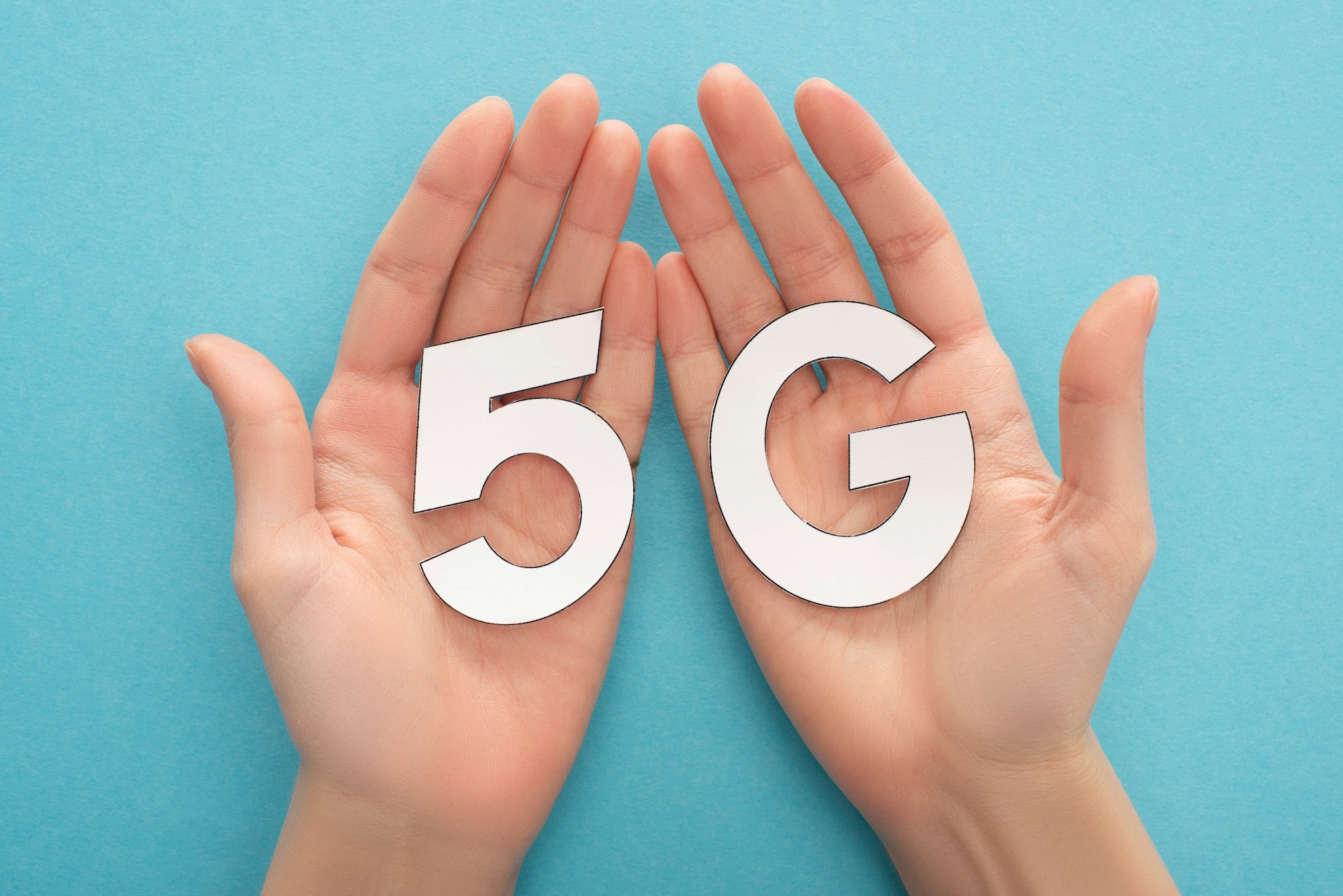The rollout of 5G technology is revolutionizing the way we connect, communicate, and conduct business. As the fifth generation of mobile networks, 5G promises lightning-fast speeds, ultra-low latency, and the capacity to support a massive number of connected devices. Let’s explore what the rise of 5G means for consumers and businesses, and how it’s set to transform our digital landscape.
1. Understanding 5G Technology
1.1 What is 5G?
5G stands for the fifth generation of wireless technology. It is designed to provide faster data speeds, greater reliability, and improved network capacity. Unlike its predecessors, 5G operates on three frequency bands: low, mid, and high. This multi-band approach ensures comprehensive coverage, high-speed internet, and ultra-reliable connections.
1.2 Key Features of 5G
- Speed: 5G networks can deliver data rates up to 100 times faster than 4G LTE.
- Latency: Ultra-low latency (as low as 1 millisecond) enhances real-time communication.
- Capacity: Supports a vast number of devices, paving the way for the Internet of Things (IoT).
- Energy Efficiency: More efficient use of spectrum and energy, reducing operational costs.
2. Impact on Consumers
2.1 Enhanced Mobile Experience
For consumers, 5G means a significantly enhanced mobile experience. Streaming high-definition videos, downloading large files, and playing online games will be smoother and faster. Video calls will have higher clarity, and buffering will become a thing of the past.
2.2 Smart Homes and IoT
5G will accelerate the adoption of smart home devices. From smart thermostats and security systems to connected appliances, 5G ensures seamless integration and real-time responsiveness. The enhanced capacity and reliability of 5G networks will support the growing number of IoT devices in homes.
2.3 Augmented Reality (AR) and Virtual Reality (VR)
The low latency and high bandwidth of 5G will make AR and VR applications more accessible and immersive. Consumers can expect more realistic gaming experiences, interactive virtual shopping, and enhanced educational tools, bringing AR and VR into everyday life.
3. Impact on Businesses
3.1 Increased Productivity
Businesses will benefit from the increased speed and reliability of 5G networks. Remote work and collaboration will become more efficient with faster data transfer and improved video conferencing quality. Cloud-based applications will run more smoothly, enabling real-time data processing and decision-making.
3.2 IoT and Industry 4.0
5G is a critical enabler of Industry 4.0, the fourth industrial revolution characterized by smart manufacturing and IoT. Factories equipped with 5G can use automated machinery, real-time monitoring, and predictive maintenance to optimize operations and reduce downtime. Supply chains will become more efficient with enhanced tracking and inventory management.
3.3 Enhanced Customer Experiences
Retailers and service providers can leverage 5G to enhance customer experiences. From personalized marketing through AR applications to faster and more reliable online services, 5G allows businesses to offer more innovative and engaging interactions with their customers.
4. Challenges and Considerations
4.1 Infrastructure and Investment
The deployment of 5G requires significant investment in infrastructure, including the installation of new antennas and the upgrade of existing networks. Governments and private sector players must collaborate to ensure widespread and equitable access to 5G technology.
4.2 Security Concerns
With the proliferation of connected devices, 5G also raises security concerns. Ensuring robust cybersecurity measures to protect data and devices from breaches and attacks is paramount. Businesses must adopt comprehensive security strategies to safeguard their operations and customer information.
4.3 Regulatory and Health Issues
The introduction of 5G has sparked debates over regulatory standards and potential health impacts. Policymakers need to address these concerns through transparent regulations and continuous research to ensure public safety and trust.
5. The Future of 5G
5.1 Global Adoption
The global adoption of 5G is rapidly increasing, with countries around the world investing in 5G infrastructure. As more regions come online, the benefits of 5G will become more widespread, driving innovation and economic growth.
5.2 Beyond Smartphones
While smartphones are the most obvious beneficiaries, 5G will extend far beyond personal devices. Autonomous vehicles, smart cities, telemedicine, and remote surgery are just a few examples of how 5G will transform various sectors, improving efficiency, safety, and accessibility.
5.3 Continuous Evolution
The development of 5G technology is an ongoing process. Future enhancements will further increase network capabilities, introduce new applications, and integrate seamlessly with other emerging technologies like AI and blockchain.
Conclusion
The rise of 5G marks a pivotal moment in the evolution of digital connectivity. For consumers, it promises faster, more reliable internet and a host of new applications that will enhance daily life. For businesses, 5G offers unprecedented opportunities to innovate, optimize operations, and engage customers. As we navigate the challenges and harness the full potential of 5G, we are stepping into a future where connectivity knows no bounds, driving progress and transforming our world in profound ways.








